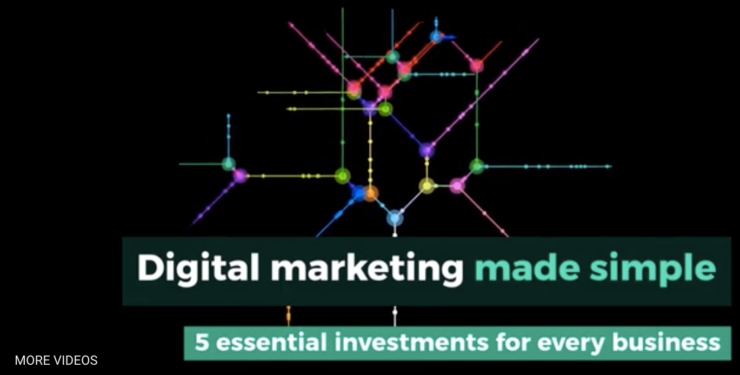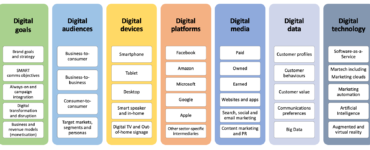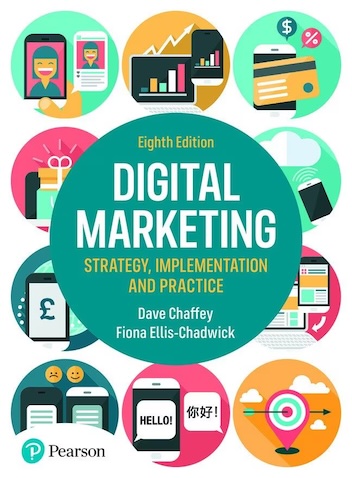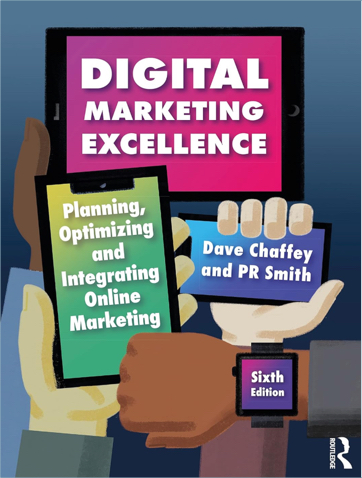A video explainer of the six key types of digital marketing investments
How do you simplify the what, why and how for digital marketing when the details matter?
To be successful in online marketing you need mastery of the details to compete across the main digital platforms that consumers or businesses use to find and select products. The algorithms used to power Facebook, Instagram, Google, LinkedIn and Twitter control your visibility and how much you pay, so to get visibility digital marketers need to get to grips with the latest techniques. It’s why my books on Digital Marketing run to over 500 pages, yet they can only touch on the best practices we detail on Smart Insights.
But what if you’re not a digital marketing specialist. What do you really need to know? I’ve recently delivered a couple of training workshops to managers who aren’t digital marketers in mid to large-sized businesses and explaining the 25 key activities you need to manage in our RACE marketing framework is too much.
Senior managers like business owners, the finance or operations directors ultimately want to know what they need to invest in at a top-level and the returns they will get. There will be a finite budget assigned to online marketing for the year and they want to ensure people are spending their time on the right activities and investing in the right types of media to get a positive return.
To help explain, I’ve introduced digital in these workshops using these six essential parts of digital marketing that every business needs to invest in on a continuous basis:
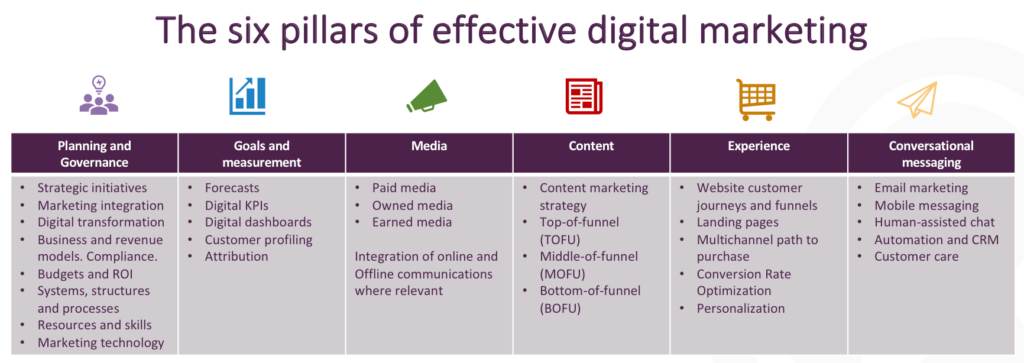
The days of updating a website every few years, or only paying for exposure during campaigns should be over. The future is ‘always-on marketing‘.
Of course, under each heading, in the video summary, there are a lot of details, but the key issues and success factors can be quickly explained like this.
- Governance: Goals – Analytics, Strategy (Segmentation, Targeting, Brand Positioning), integration, marketing and sales alignment, resourcing, structure, marketing technology and data
- Goals and measurement: Setting objectives and evaluating effectiveness through KPI dashboards
- Media: Paid, owned, earned media i.e. Search, Social and Display ads
- Content: Product and blog content, PDF downloads, Interactive tools
- Experience: Desktop / mobile website and apps. Customer service.]
- Messaging: Email, Chat, Social media, on-site interactions and personalization
I hope you may find this summary useful if you’re new to digital marketing or if you’re more experienced and explain digital marketing to others as a digital evangelist in a company, agency or educational setting. Do let me know your thoughts on the explanation and format – it’s my first time using Lumen5 – a cool tool for non-designers.
